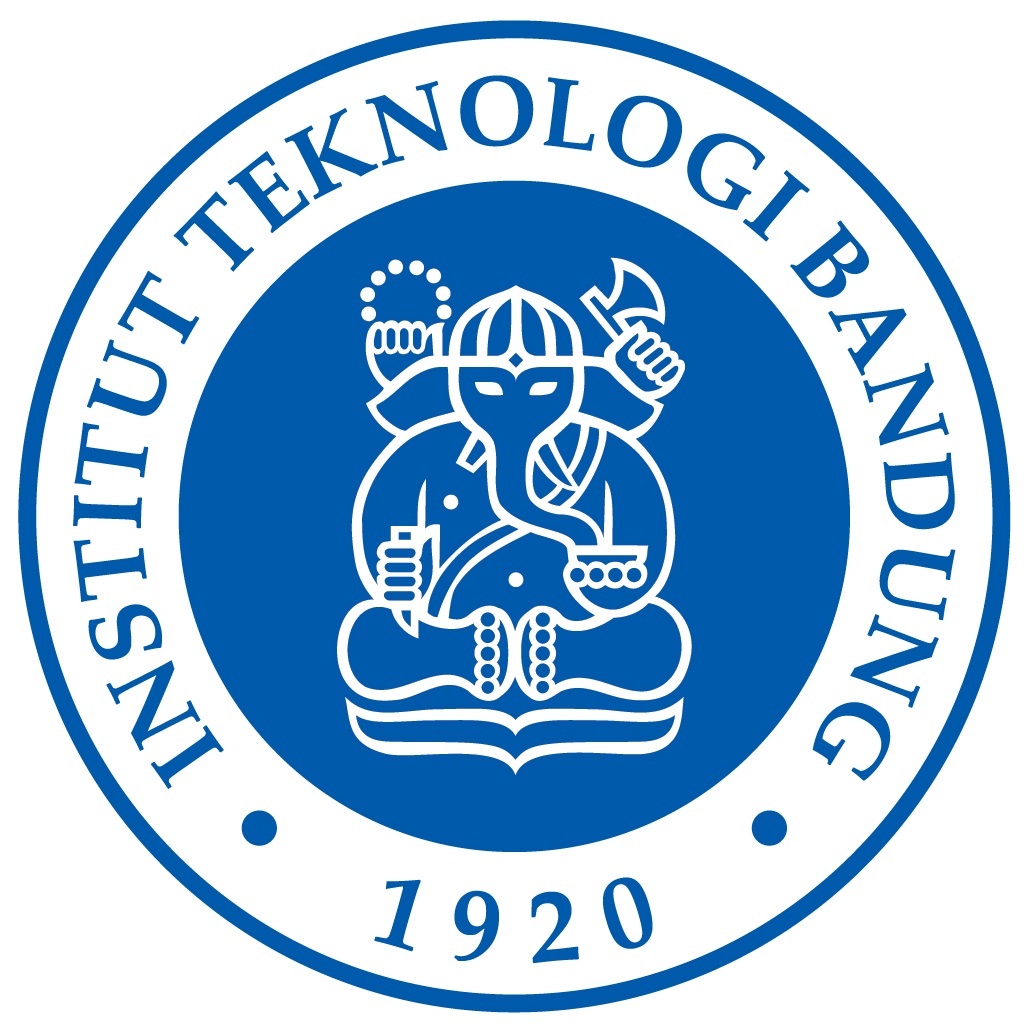

Trio Adiono
Street lighting (PJU) is a vital necessity for a city to ensure safety and enhance its aesthetic appeal. Most current streetlights still use conventional halogen lamps and are not automatically controlled for on-off operation. Moreover, their usage is often not measured, leading to payment to PLN (the state electricity company) based on a flat rate. Additionally, if a light fails, it cannot yet be detected automatically. These issues result in inefficiency, reduced service quality to the community, and significant wastage. A viable solution is to develop smart LED-based street lighting (PJU). LED lights can save up to 40% of energy, have a longer lifespan, and require less frequent replacement. Furthermore, these streetlights need to be interconnected through a network, enabling remote control of their on-off operation and intensity. They should also have the capability for automatic fault detection. While such products are increasingly being offered to cities in Indonesia, they are currently 100% imported, and their procurement costs are substantial. This research focuses on developing a production-ready prototype with several advantages, including high LED driver efficiency, high reliability, suitability for Indonesia's environmental conditions, and compatibility with an open platform network for smart city applications. High efficiency is achieved through designing an advanced LED driver system, while reliability is enhanced by incorporating under-voltage and over-voltage regulators. The system will also feature a wireless network based on ZigBee and WiFi, connected to a cloud system. Additionally, it will include monitoring and notification systems integrated with other infrastructure, allowing for quick resolution of issues when they arise. The basic functions of smart street lighting include remote on-off control, intensity adjustment, and fault detection. Additional features may include brighter or blinking lights during accidents. The interconnection infrastructure is designed as an open smart city platform that can support various systems, such as parking management, traffic control, traffic monitoring, digital signage (e.g., time-based directions or advertisements), early warning systems (EWS), smart meter readings, and electronic road pricing (ERP). The system can also include a city panic button (for emergencies such as fires, accidents, or crimes) with location-based identification, as well as sensors for temperature, flooding, and air quality monitoring to assess urban conditions. Ultimately, this system will allow city governments to enhance electricity usage efficiency, improve public services, and reduce the occurrence of streetlight outages by utilizing a product with high domestic content (TKD). With the implementation of smart street lighting, cities will automatically have an interconnected network that can be utilized for various smart city purposes.
The availability of public street lighting which can support village community activities at night
Providing effective and appropriate technological solutions for lighting in 3T areas